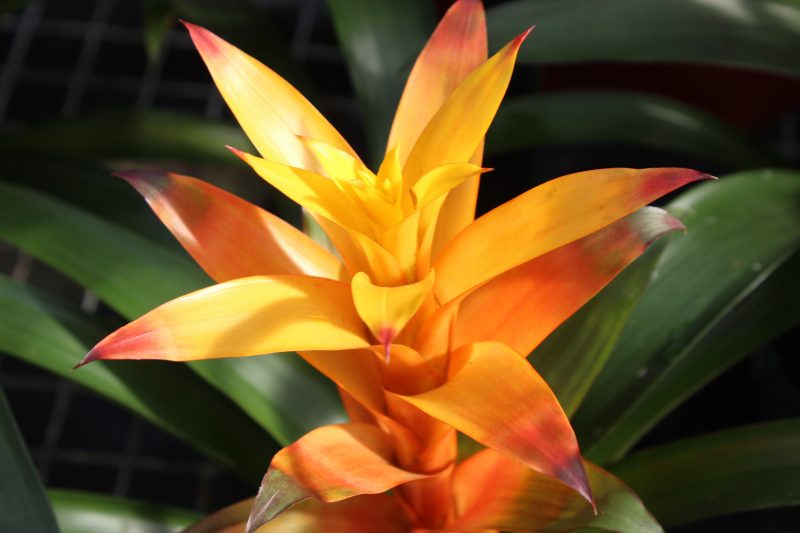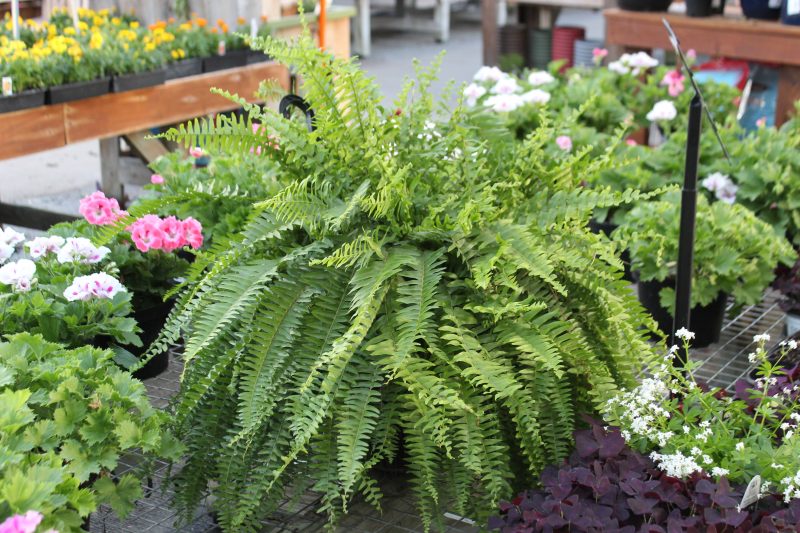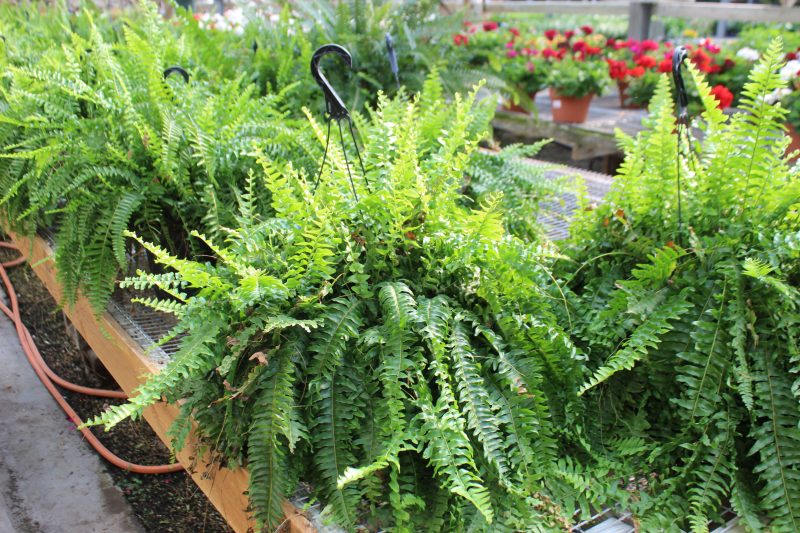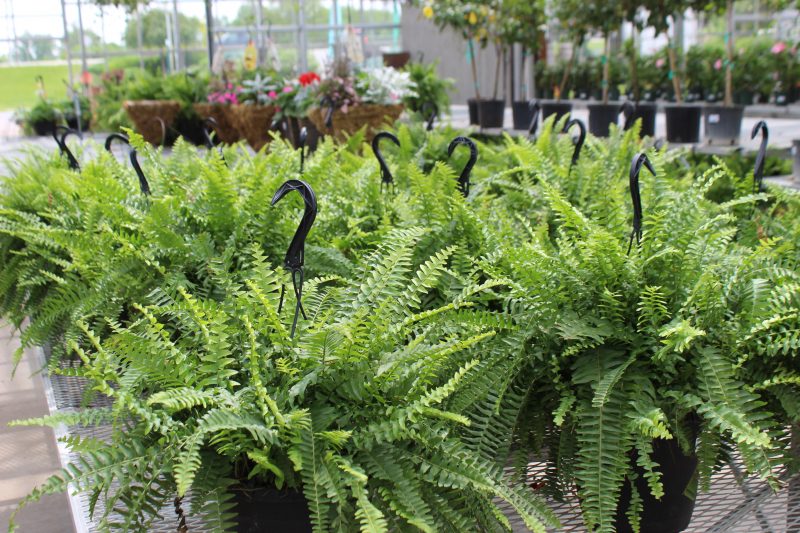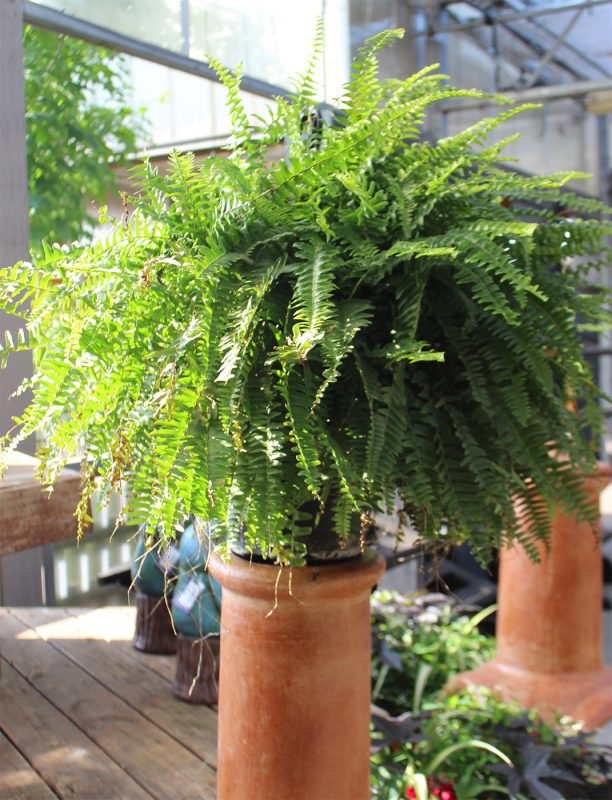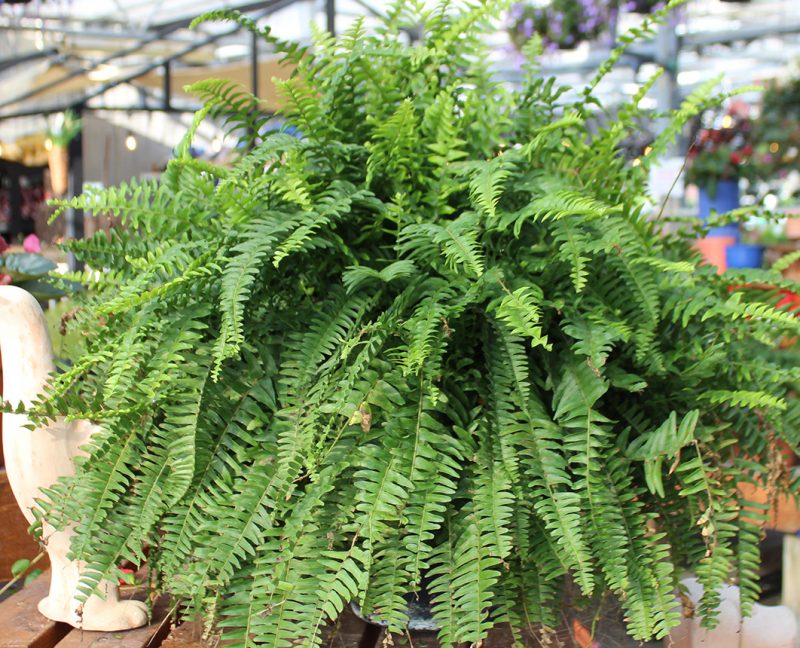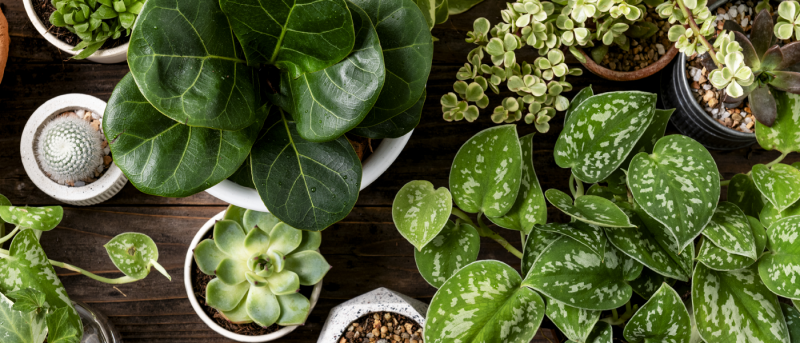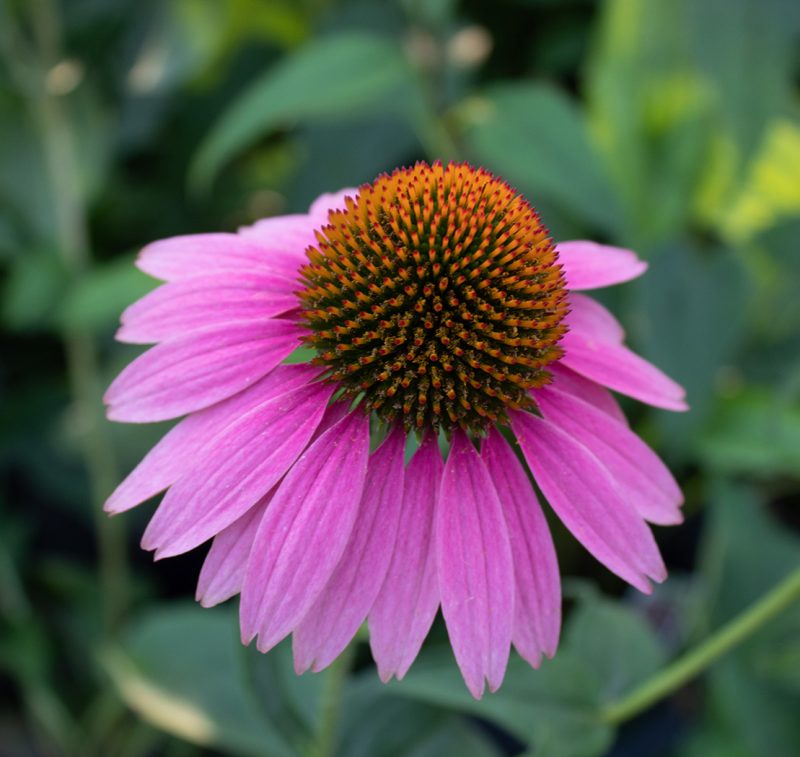You have two choices to keep your Boston Fern through winter. You can either keep the plant as a houseplant, or you can store it in a dormant state.
Here’s how:
Give your plant a good pruning before bringing it in. If you are keeping it as a houseplant, prune away all older growth and just leave the youngest, newest, most recently sprouted fronds. This will help prevent older fronds from drying out and shedding messy leaves around your house.
Option #1: Keep your Boston Fern as a houseplant by setting it up in a location where it can enjoy an abundance of bright, indirect sunlight (minimum 2 hours) during the day. Put it near (not in) a south-facing window that gets lots of direct sunlight.
Keep the temperature in the room around 75° degrees Fahrenheit during the daytime and allow it to drop a bit at night. The temperature should never go lower than 55° degrees Fahrenheit.
Keep humidity levels high by setting your plants’ container on a pebble tray filled with water (not allowing the bottom of the container to touch the water) and misting it a couple of times a week.
If the air is very dry in your home, you may want to run a humidifier nearby. Very dry indoor air will cause leaf drops and may make your plant susceptible to problems with pests, such as scale and spider mites.
Keep your plants’ soil slightly moist throughout the winter. You shouldn’t water it as much as you do during the growing season, but never allow the soil to dry out completely.
A thorough monthly watering should be enough but check frequently to be sure. When the top inch of soil is dry, provide water.
Use filtered water or rainwater or allow tap water to sit in the open air for at least 24 hours so that chlorine and other chemicals can dissipate.
As with most plants, don’t fertilize Boston Ferns in winter.
After all danger of frost has passed, you can begin transitioning your houseplant to the outdoors if you wish. On warm, sunny days, give it a little time in a sheltered area where it will receive bright, indirect sunlight.
Gradually increase the amount of time the plant spends outside so that it will be ready for outdoor living by the time the days and nights are consistently warm.
Source: Plant Care Today: https://plantcaretoday.com/what-to-do-with-boston-ferns-in-winter.html
